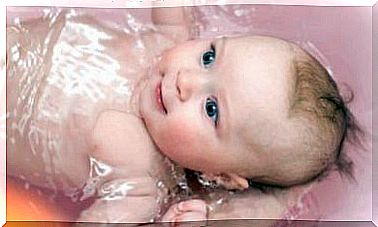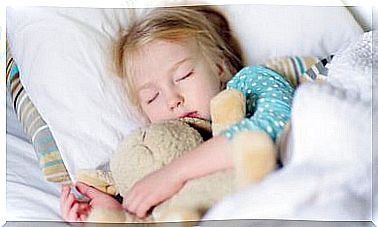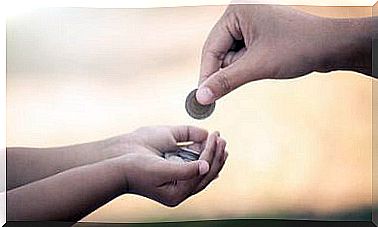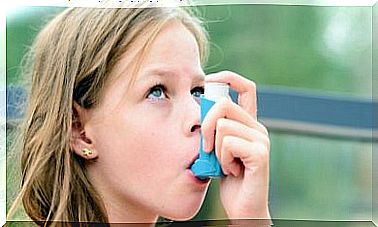The Stages Of Children’s Writing
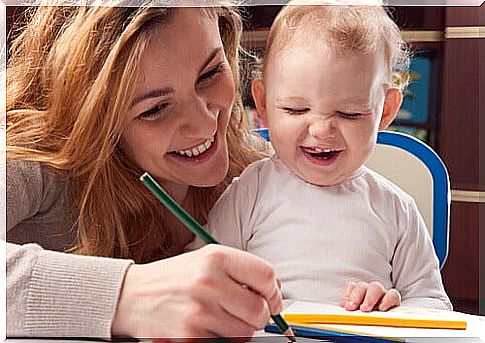
The phases of children’s writing set up a developmental process in which you should support your child as he or she progresses in this learning process.
During this period, parents and teachers have an important role, as they will be responsible for facilitating the learning of writing by children. This kind of teaching starts around the age of 3 years. Despite this, in the first year of life, the child already makes his first scribbles.
At approximately 5 years of age, she will learn to identify and draw letters. Whereas at the age of 6 he will already know how to write syllables. At the age of 7 years, children will begin to write different types of text more easily, both inside and outside the classroom.
A constant learning
You must keep in mind that this is constant learning. Also, let us not forget that not all children learn to write at the same age.
For children, writing is a valuable tool that will allow them to express themselves and communicate. Learning depends on both the development of fine motor skills and gross motor skills.
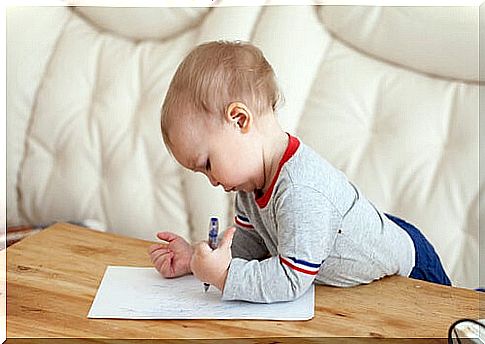
With practice, the child will be able to control the strength with which he holds the pencil, follow the direction of the lines and articulate the movements. With a little more time, you’ll be able to make the lyrics legible and coherent.
Another important information is that approximately 85% of children use their right hand to write. They usually make this choice naturally between 3 and 6 years of age.
At the same time, it is possible that during these 3 years they will use both hands. In most cases, they determine their preference from 6 years of age onwards.
The stages of children’s writing
Let’s analyze the phases of children’s writing that your child will go through below:
1. Scribbles
Scribbles are a random set of strokes on paper. The first strokes your child will make will be large, circular and random. At this early stage, the scribbles are already meaningful, as the child will use them to show ideas.
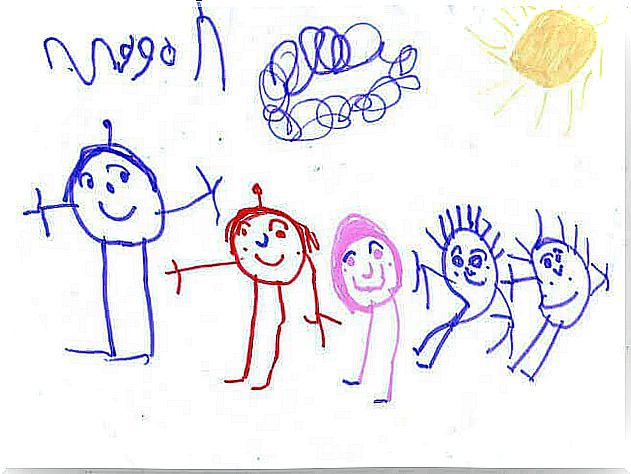
2. Symbols and numbers
In the second phase of children’s writing, the child will start making the first symbols and writing the first numbers.
3. Sequence of letters
After completing the previous phase, your child will start writing some legible strings of letters. The child will then develop an awareness of the relationship between sound and symbol, although normally their relationships do not coincide with most sounds.
It is common that, in this third phase, the child writes with capital letters and that there is no space between the letters.
4. Difference of sounds
In the next stage, your child will begin to recognize the differences between a letter and a word. Your message will make sense and match the images, especially when the child chooses the theme . Despite that, she still won’t leave space between the words.
5. Spaces and punctuation marks
At this stage, child will start to leave spaces between words. She will often combine uppercase and lowercase letters in her writings. Also, she will start using punctuation marks . You will usually write prayers for the purpose of expressing your ideas.
6. Sounds
In this sixth phase, your child will be able to spell some recognizable words correctly, such as the names of family members or some objects in the house.
The child will start to differentiate the sounds from the words and their writing will become very readable.
7. Transitional Phase
In this transitional phase, the writing will be legible and similar to conventional spelling . Your child will intersperse words and be able to assimilate common letter patterns.
8. Standard spelling
In the last stage of children’s writing, the child will be able to spell most words correctly and develop an understanding of some words.
Finally, it is necessary to be aware that learning to write is a process that flows gradually, in which all phases are connected to each other.
As your child has more time to explore and experiment with writing, you will begin to see evidence of evolution in this process.
